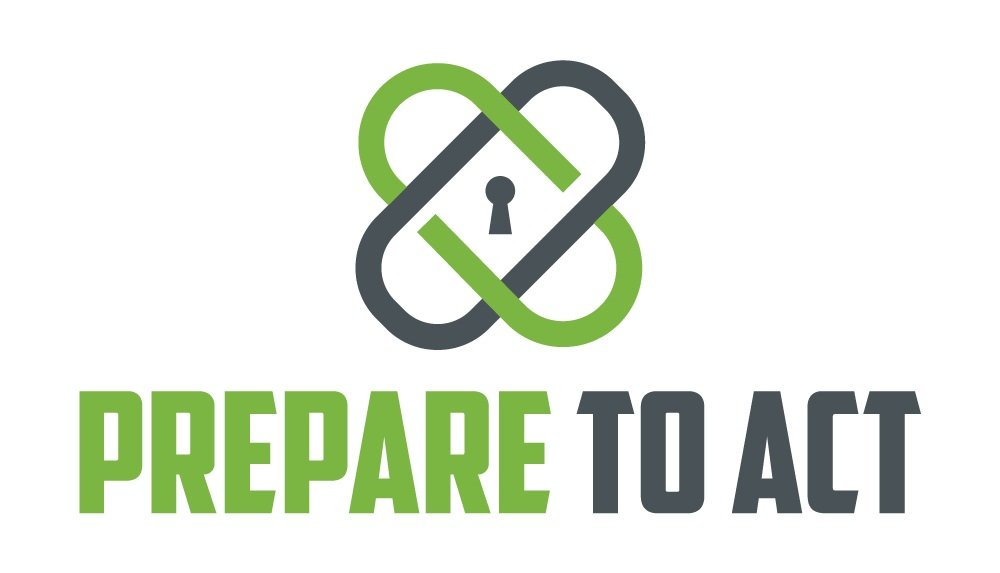Covid 19 - Getting A Plan In Place To Safely Return To Work
Calming The Fears Of Covid 19 And The Return To The Workplace
Now is the time to implement plans and procedures to make the working environment safe and productive for when we have the green light to get back to work.
The confidence your staff has to come back to work will be a direct reflection of the leadership from the top. The “new normal” must be accompanied by a new level of safety, empathy, and understanding.
The learning curve will be substantial, but there’s never been a better time to collaborate with other leaders and decision-makers to re-introduce the workforce to efficient production.
Step 1: Do NOW
Order personal protective equipment in bulk — more than you think you may need. This includes gloves, masks, face shields, hand sanitizer, etc.
Develop an emergency infectious disease response team.
Instruct them to meet via, Zoom or Facetime to hammer out priority safety measures that fit your company.
Determine your company’s risk level and staff responsibilities in accordance with the new OSHA guidelines.
Develop protocol and sick leave procedures for infectious disease.
Reach out to your employees and show true support and concern. A leader’s success is based on the trust and respect the staff has for them.
Explore staggered shifts and flexible workplace models that may best fit your company’s needs.
Plan for the day of reintroduction to the workplace. Welcome your staff back with confidence.
Step 2. Develop An Infectious Disease Preparedness & Response Plan
Identify your risk level
How might your employees potentially be exposed to COVID-19? (when and where?)
How close is your employees’ direct contact with customers or the general public?
Do your employees work directly with ailing populations, populations at a higher risk of infection, international travelers, or healthcare workers?
Consider non-occupational risk factors in your employees’ homes and community settings.
Consider your employees’ individual risk factors, (e.g., old age, presence of chronic medical conditions). Then, add the necessary controls to address these risks.
Expect more sick time and increased rates of absenteeism. Some employees may attempt to take advantage of this inevitability. How will you mitigate that loss and identify truth from fiction?
Do not devalue the importance of continued social distancing. Consider staggered shifts, initially downsizing operations, and/or allowing for working remotely or from home.
Cross-train employees to reduce the amount of worker risk and cross-contamination.
Step 3. Encourage Basic Infection Prevention Measures
Wash your hands frequently.
Stay home if you’re sick.
Remind employees to cover their mouths when they sneeze or cough.
Discourage the sharing phones, desks, tools, and equipment.
Provide customers and staff with Kleenex and garbage cans.
Explore your potential for flexible worksites and flexible hours, all with the purpose of increasing physical distancing.
Step up your cleaning game. This is no time cut your cleaning budget, in fact; it’s time to double it. Hiring your own full-time in-house crew might be the way to control and limit outside exposure.
Step 4. Develop Policies And Procedures For Prompt Identification And Isolation Of Sick People
It is important to develop and implement workplace flexibilities and protections. Doing this means ensuring sick leave policies are clear and posted, having a system of knowing whether an employee’s family members or loved ones are also sick, and keeping in mind that employees might be struggling to pay their bills.
Step 5. Implement Workplace Controls
Install high-efficiency air filters
Increase ventilation rates
Install physical barriers like plastic sneeze guards
Issue personal protective equipment (PPE)
Keep in mind that none of these lists are exhaustive. What I’ve listed is just an initial list of ideas, concepts, and solutions to help you get started in preparing for a return to the physical work environment. Please help by adding some of the solutions you plan on using, or reach out with any questions you may have.
REMEMBER:
The time to order PPE in bulk is now!
Develop an emergency infectious disease response team.
Update or create relevant policies and procedures (especially addressing sick time protocol)
Show empathy and support to your staff
Plan to introduce staff to the “new normal” workplace environment
Implement workplace controls and inform staff of all updates
Encourage consistent hand-washing and social distancing whenever possible
Lead by example and take the precautions seriously
In the end the responsibility to maintain safety, contain the spread of Covid 19 and get our worlds back on track must fall on someone’s shoulders within your working environment. If it’s you, do your due diligence and get inline taking everyone’s mental state into consideration. Your life experiences, education and path makes you completely different then any other individual. Just because something doesn’t cause you panic, doesn’t mean it won’t for someone else. Do get back up and running quickly and efficiently we must take all of that into account.
Help Us Keep Others Safe With Your Comments And Shares!
Please Follow The Rules And Stay Healthy!


